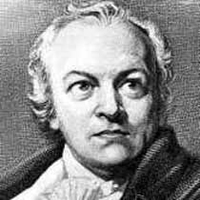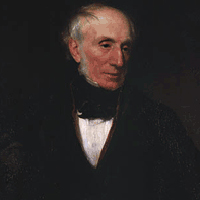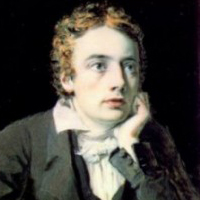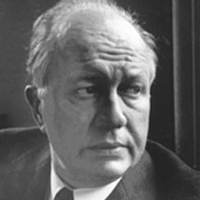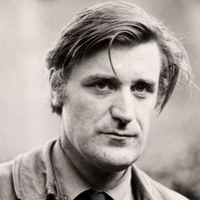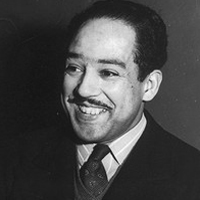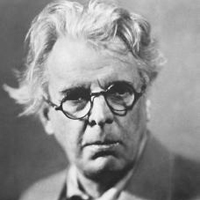The Tyger by William Blake: Summary and Critical Analysis
The Tyger by William Blake is taken from The Songs of Experience. The tiger itself is a symbol for the fierce forces in the soul that are necessary to break the bonds of experience. The tiger also stands for a divine spirit that will not be subdued by restrictions, but will arise against established rules and conventions.
